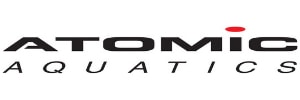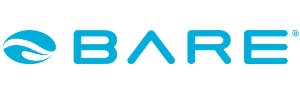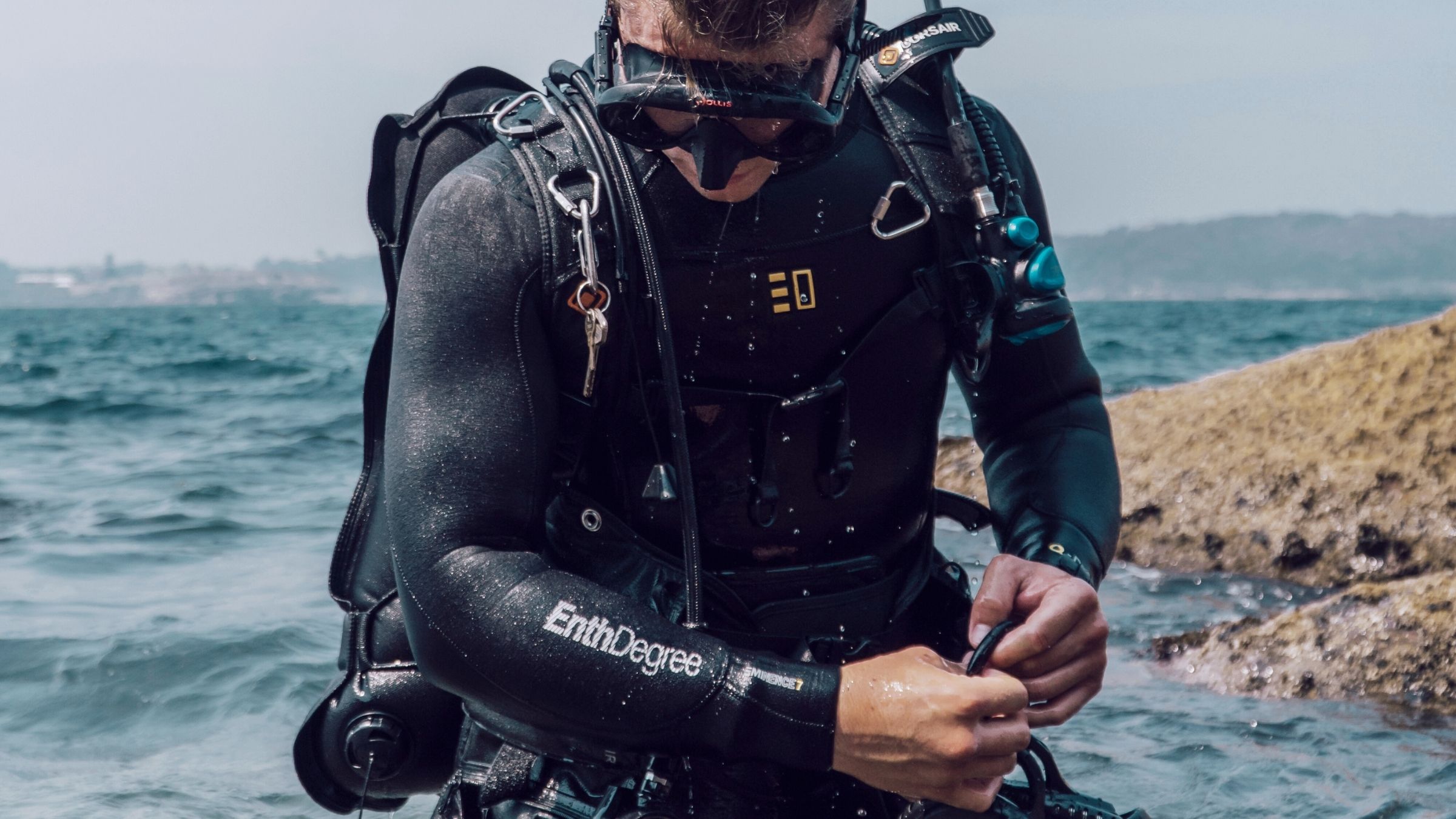How to choose a quality wetsuit for SCUBA Diving
When searching for the ideal wetsuit, two critical elements come into play: the right fit and comfort. Achieving a snug fit akin to a second skin is essential for the wetsuit to effectively perform its role. SCUBA suits are specifically crafted to retain a thin layer of water between your body and the material, harnessing your body heat to warm the water and keep you comfortably warm.
People focus on a wetsuit’s thickness as a sign of its warmth, and whilst yes, that is a factor, it’s not the only consideration when looking at how a wetsuit will perform. It is also crucial to examine the construction of the wetsuit, including the neoprene density, quality of the lining, type of seam stitching used, and the overall fit. Following is some general advice on how to choose your next SCUBA diving wetsuit.
Choose a wetsuit that fits properly.
To achieve optimal fit and comfort with your wetsuit, it should fit like a second skin, creating a thin water layer that traps body heat to keep you warm. Choosing the right size will also avoid excessive water entry, too big reduces thermal capabilities, while too tight limits breathing and movement. Seals at your neck, wrists, and ankles should be snug, but not too tight, and the suit should conform to your body everywhere. The wetsuit’s arms and legs should reach your wrists and ankles, and the seals should lie flat against your skin.
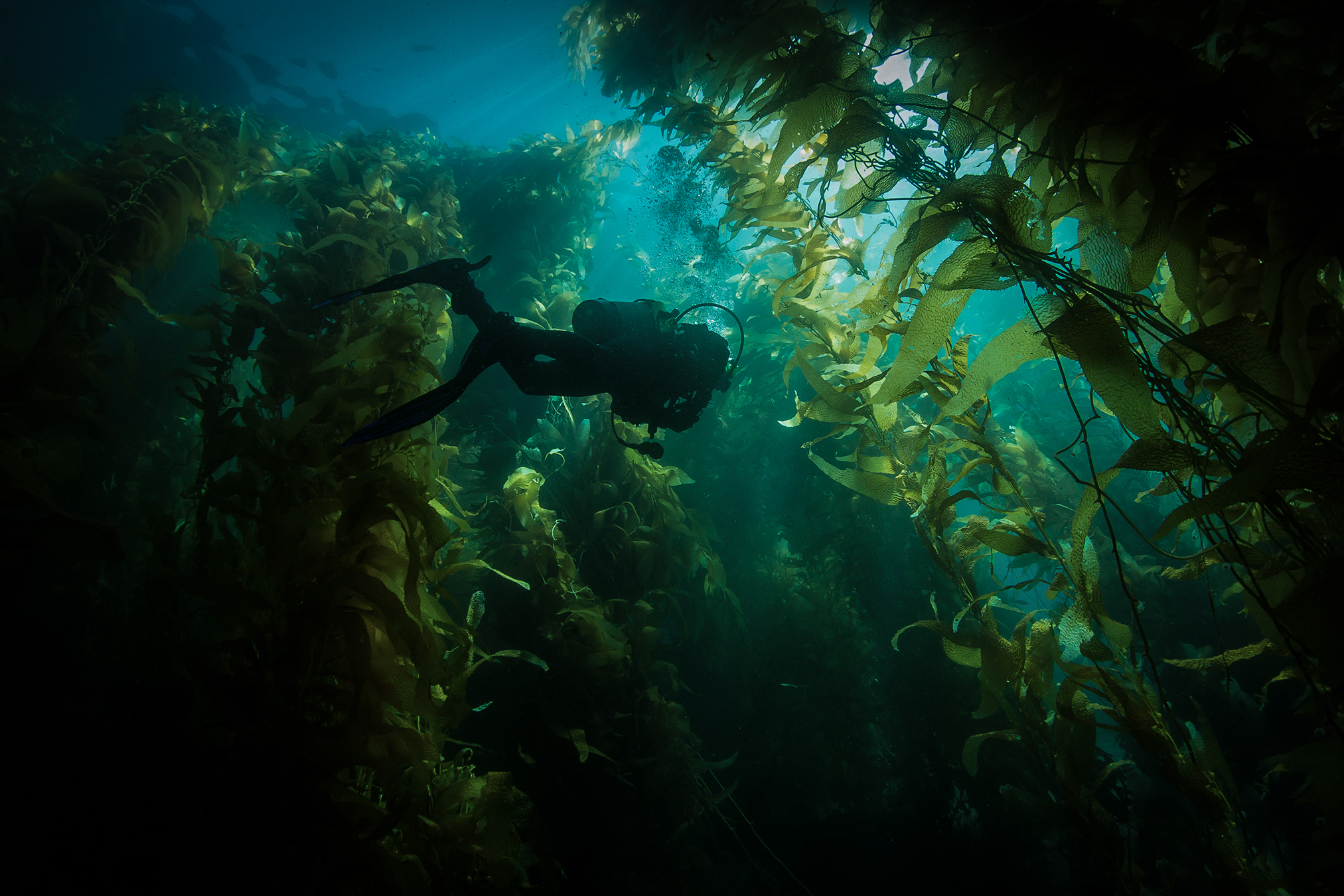
Is it a scuba diving wetsuit?
While scuba diving wetsuits and surfing wetsuits may seem similar, it’s important to note that dive-specific wetsuits are uniquely designed to withstand pressure and provide warmth at greater depths.
Choose the right neoprene density
Neoprene density plays a crucial role in providing warmth during water activities. The density of neoprene refers to how tightly packed the foam material is, which directly impacts its insulating properties. Higher neoprene density translates to better heat retention and insulation, as it reduces the flow of water and enhances thermal protection. It helps to create a barrier against cold water and keeps your body heat trapped within the wetsuit.
There are generally three main types of neoprene density used in wetsuit construction:
Standard neoprene is the most common type of neoprene and offers a good balance of flexibility and insulation. It is suitable for a wide range of water temperatures and provides adequate warmth for most recreational water activities.
High-density neoprene has a higher density foam, offering increased insulation and warmth. It is typically used in wetsuits designed for colder water temperatures.
Super-Stretch Neoprene: Super-stretch neoprene is a variation that combines high-density foam with added stretch properties. It provides excellent flexibility, allowing for greater freedom of movement while maintaining good insulation. It is commonly used in premium wetsuits for enhanced comfort and performance.
The Enth Degree QD Eminence wetsuit pictured below for both Women and Men, is a great value wetsuit designed specifically for SCUBA diving. This wetsuit is made with a proprietary ‘Quick Dry’ 200 GSM fleece thermal lining, providing superior warmth.
Its standout feature is the Quick Dry Thermal lining, enabling rapid drying, which allows for a swift and snug transition between dives. The design considers multiple factors including a rear “Batwing” seal which prevents water ingress through the zipper, while also providing crucial spine padding against your scuba gear’s weight.
Crafted from high-stretch limestone neoprene and utilising a Glued & Blind Stitched (GBS) seam construction, it minimises water entry and ensures flexibility without compromising warmth. To enhance durability, heavy-duty internal seam tape fortifies stress points, complemented by slimline seam taping to further prevent water infiltration.
The neoprene wrist and ankle seals, coupled with Silicone tape, offer easy wearability and a secure barrier against incoming water during dives. A smooth skin neck seal prevents flushing, maintaining warmth in the neck area. Additionally, 3D print shoulder pads and Supratex knee pads provide protection and abrasion resistance in high-wear areas, perfect for active endeavors like shore diving.
The Quick-Dry Thermal panels on the inside, also add thermal properties equivalent to that of another millimetre in neoprene without the added buoyancy.

Wetsuit seam construction
There are many different kinds of joining techniques that wetsuit manufacturers use to make their wetsuits and only some of these techniques will ensure warmth in the water.
Overlock stitch is a basic seam construction method where two pieces of neoprene are stitched together and then overlapped and stitched again. It is simple and cost-effective but may not provide the best water-tight seal.
A flatlock stitch is when neoprene panels are laid flat and stitched together. The stitching creates small holes, allowing some water to penetrate the suit. Flatlock stitched wetsuits are commonly used in warmer waters where water entry is not a major concern.
Liquid Taped seams involves applying a liquid sealant over the stitched seams to create a watertight barrier. This method reinforces the seams and prevents water from seeping through the stitching holes.
Welded seams use heat or adhesive to bond the neoprene panels together, creating a strong and waterproof seam. This method eliminates stitching holes entirely, ensuring excellent water resistance.
Glued and Blind Stitched (GBS), has become the industry standard for seam construction technique in SCUBA wetsuits, where the neoprene edges are first glued together and then blind stitched. The blind stitch does not fully penetrate the neoprene, creating a water-resistant seam. GBS provides a good balance between flexibility and water sealing and will be found in all premium models. Enth Degree’s Eminence Wetsuit, and Bare’s Evoke Wetsuit for Women and Bare’s Reactive wetsuit for Men use this type of seam construction.
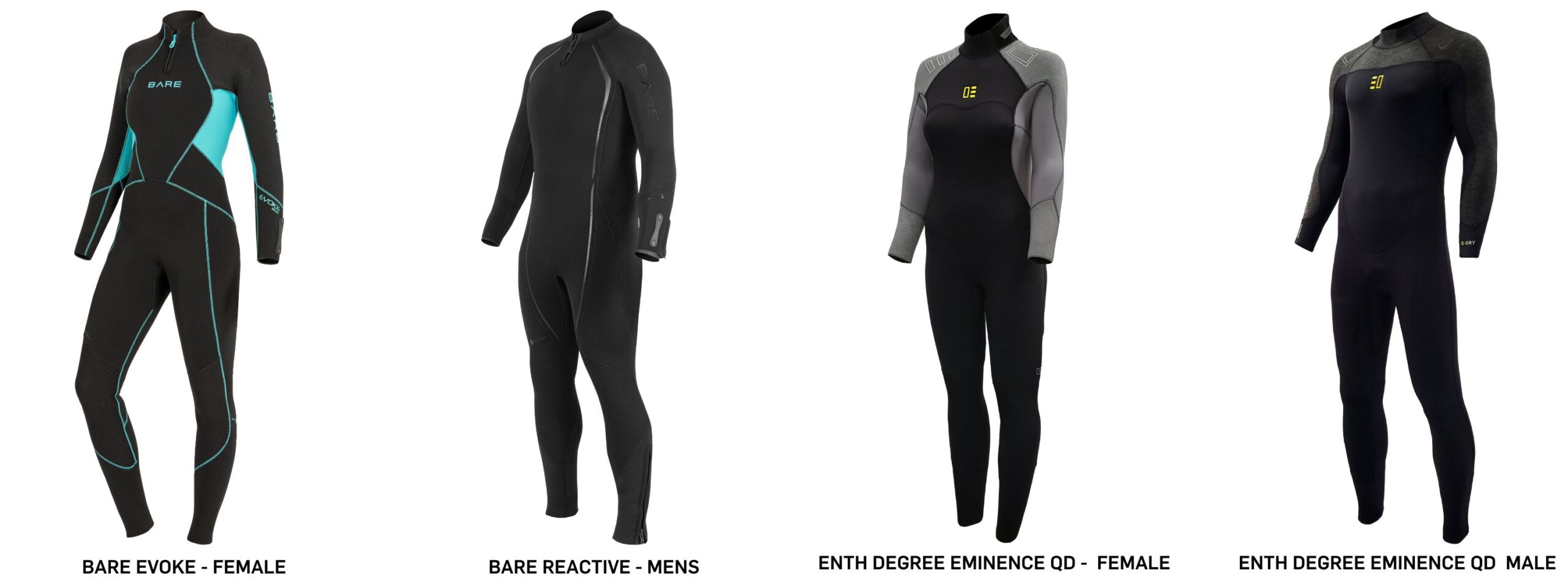
Water temperature
When selecting a wetsuit, it is also worth considering the water temperature of where you are regularly diving. Following is a guide:
- 23 to 29°C (75 to 85°F): Opt for 1 to 3 mm neoprene wetsuits or Lycra skinsuits for protection against marine stingers. In warmer conditions, a short and thin wetsuit or rash vest with board shorts can be suitable.
- 18 to 23°C (65 to 75°F): For moderate waters, choose a 5 mm full suit. Consider adding a hood or a 1 to 3 mm thick chicken vest for extra warmth.
- 10 to 18°C (50 to 65°F): Select a 7-mm full suit and add additional neoprene layers if the water temperature is towards the cooler end of this range.
- 4 to 10°C (40 to 50°F): In colder temperatures, a 7-mm full suit may be sufficient for shorter dives. However, for prolonged exposure to these temperatures, a drysuit is highly recommended.
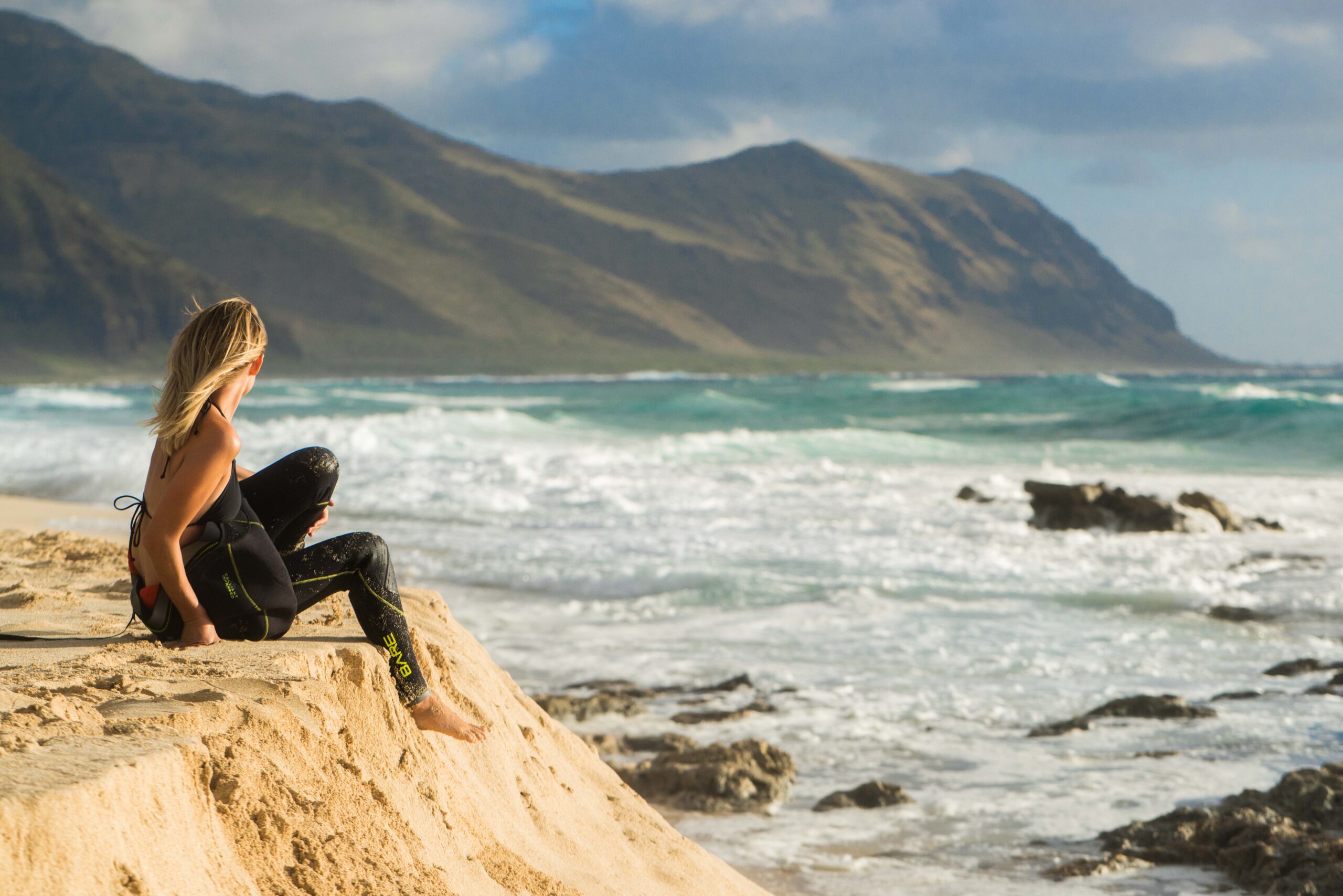
Is it an eco friendly wetsuit?
With all of the challenges facing the oceans and waterways, it is more important now than ever to prioritise eco-friendly materials and sustainable production when shopping for any dive equipment. Both the Enth Degree Eminence and Bare Reactive and Evoke wetsuits are made from a eco friendly limestone based neoprene and use water based glues. These suits are also made of high quality neoprene and will stand the test of time meaning you should not need to replace your suit for at least 5 years? if you are regular diver.
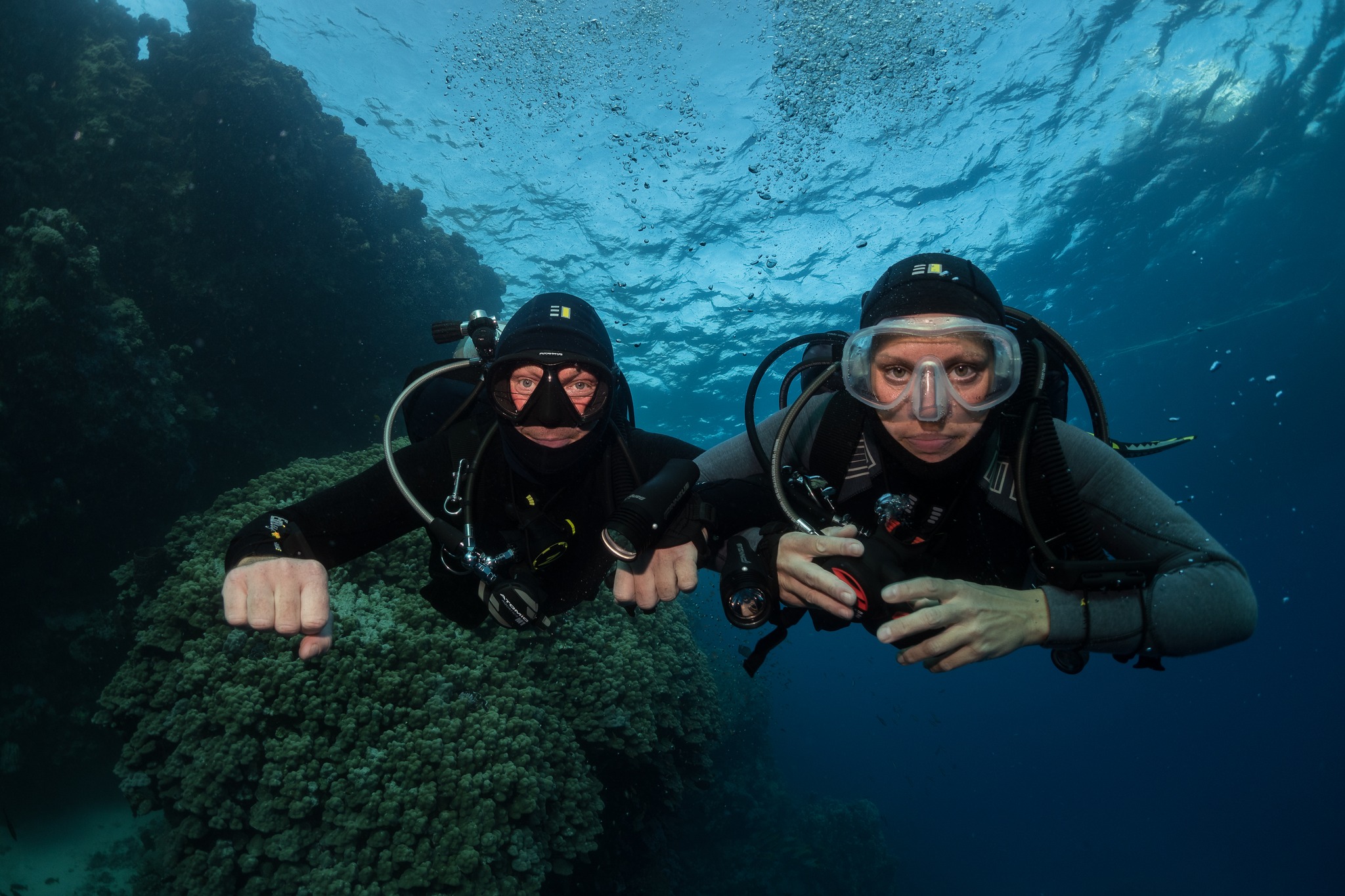
Find A Stockist
The information provided in this article should help you to buy a wetsuit that surpasses expectations and keeps you comfortable no matter the conditions! Head into a Submerged Nation Retail Partner store to get further advice from an expert! Please click the following link to find your nearest Submerged Nation Store: https://www.submergednation.com/partners/



